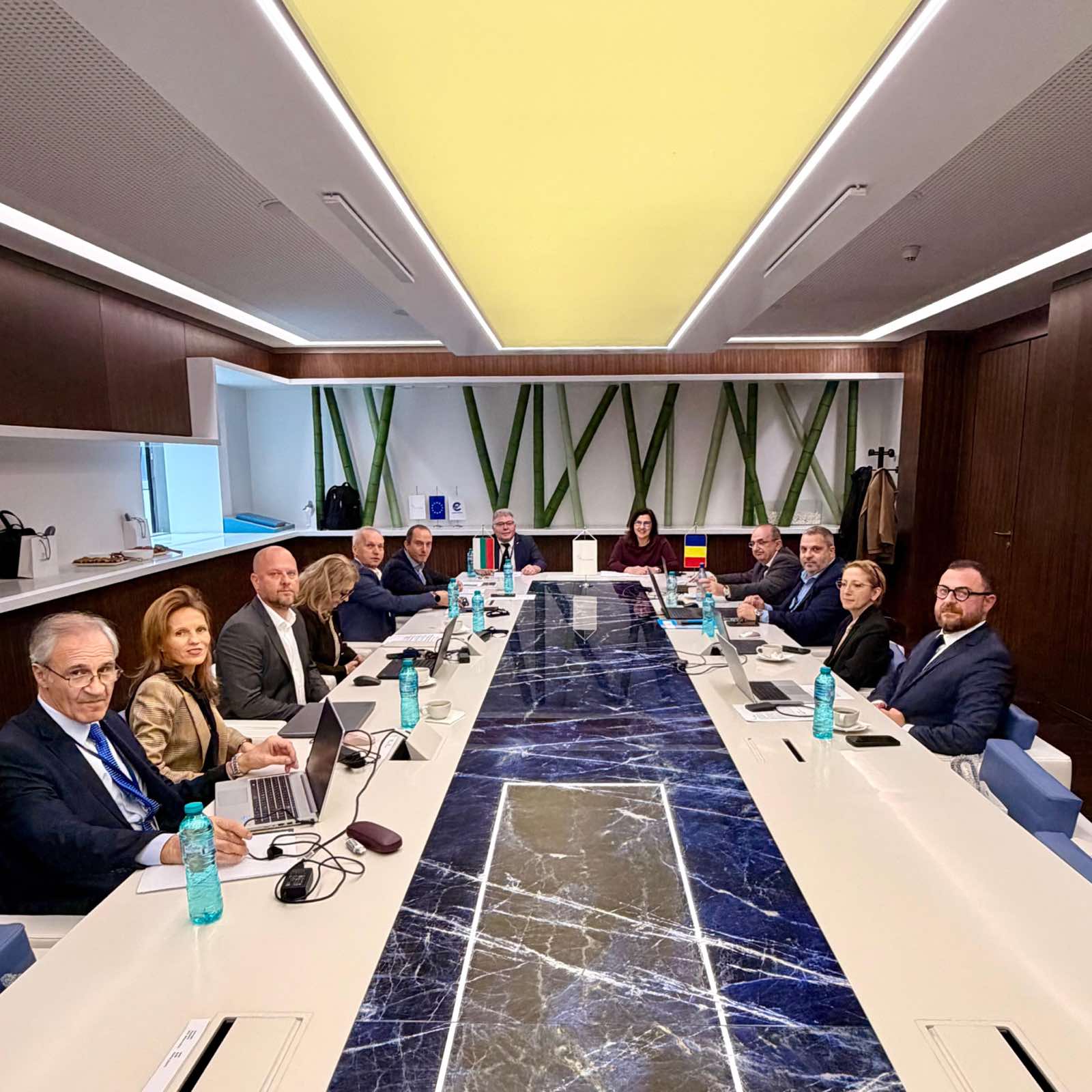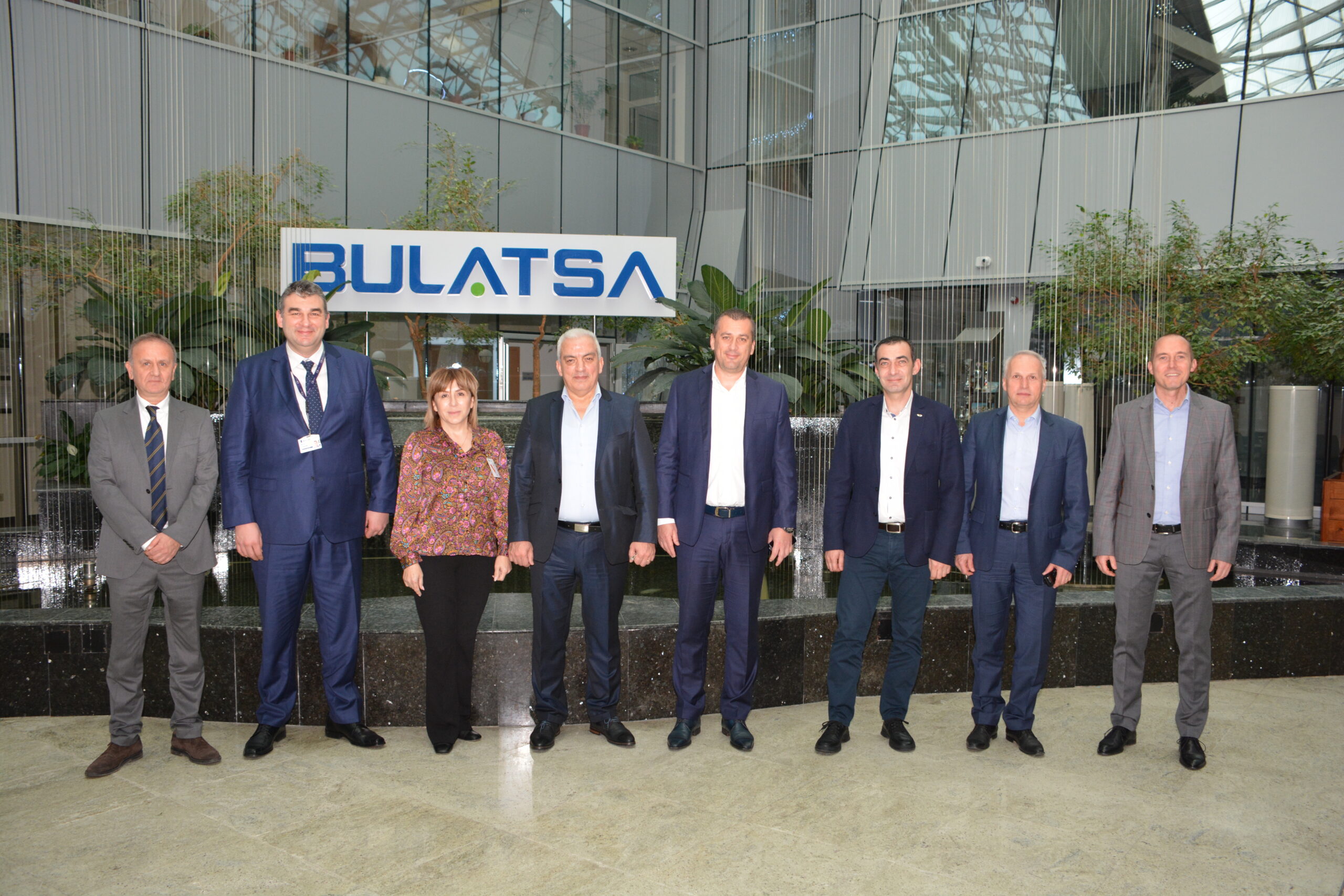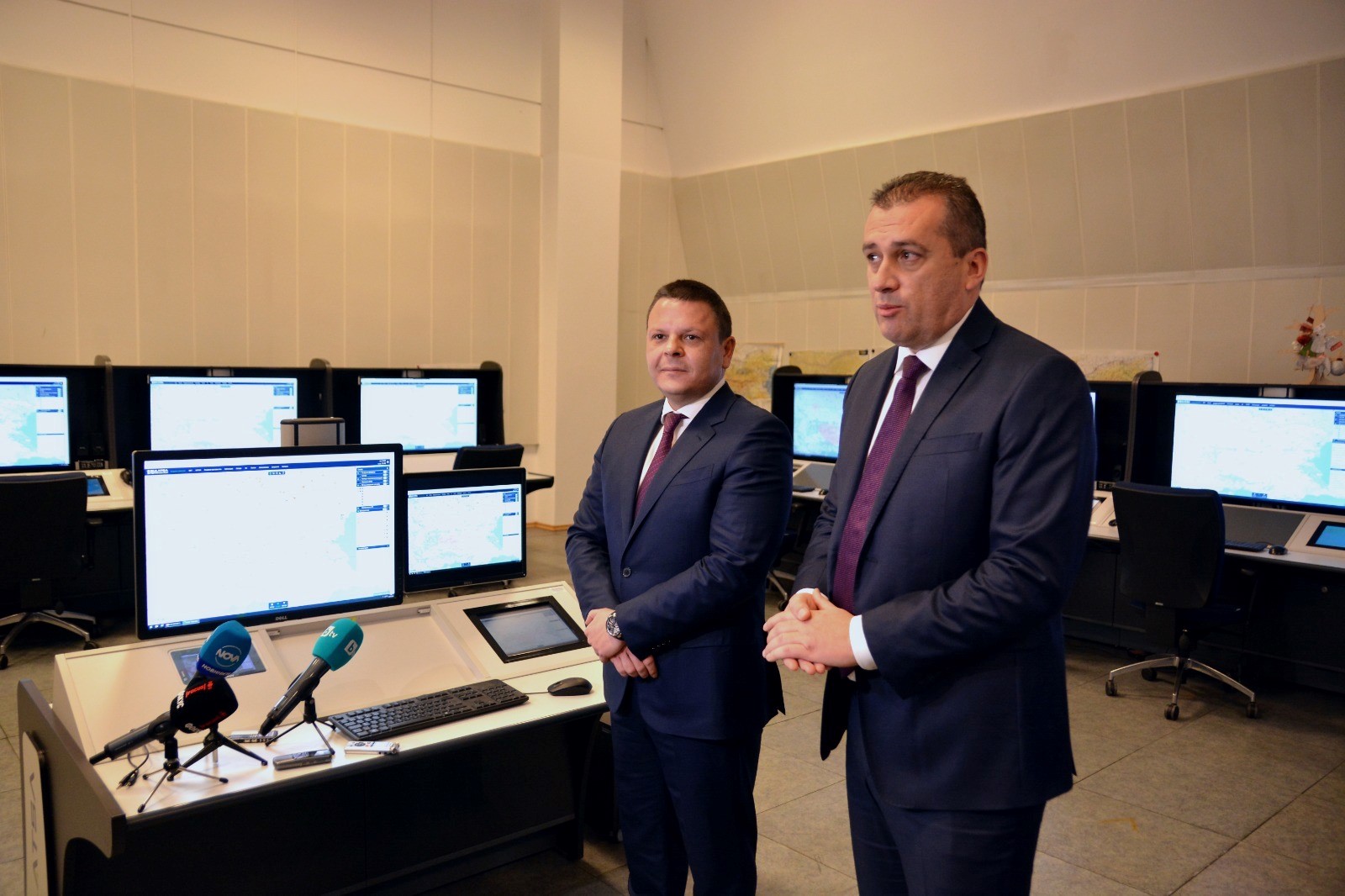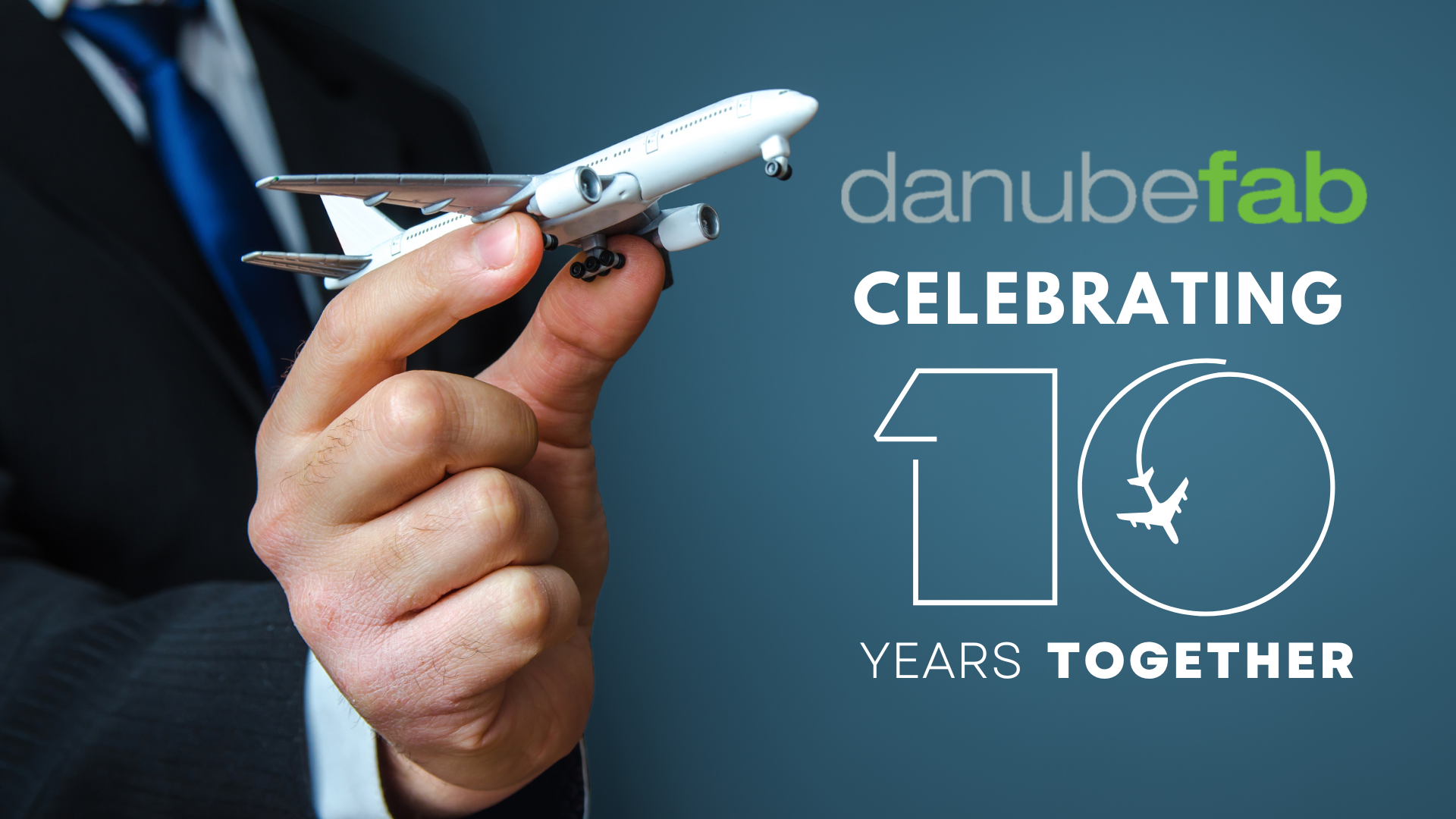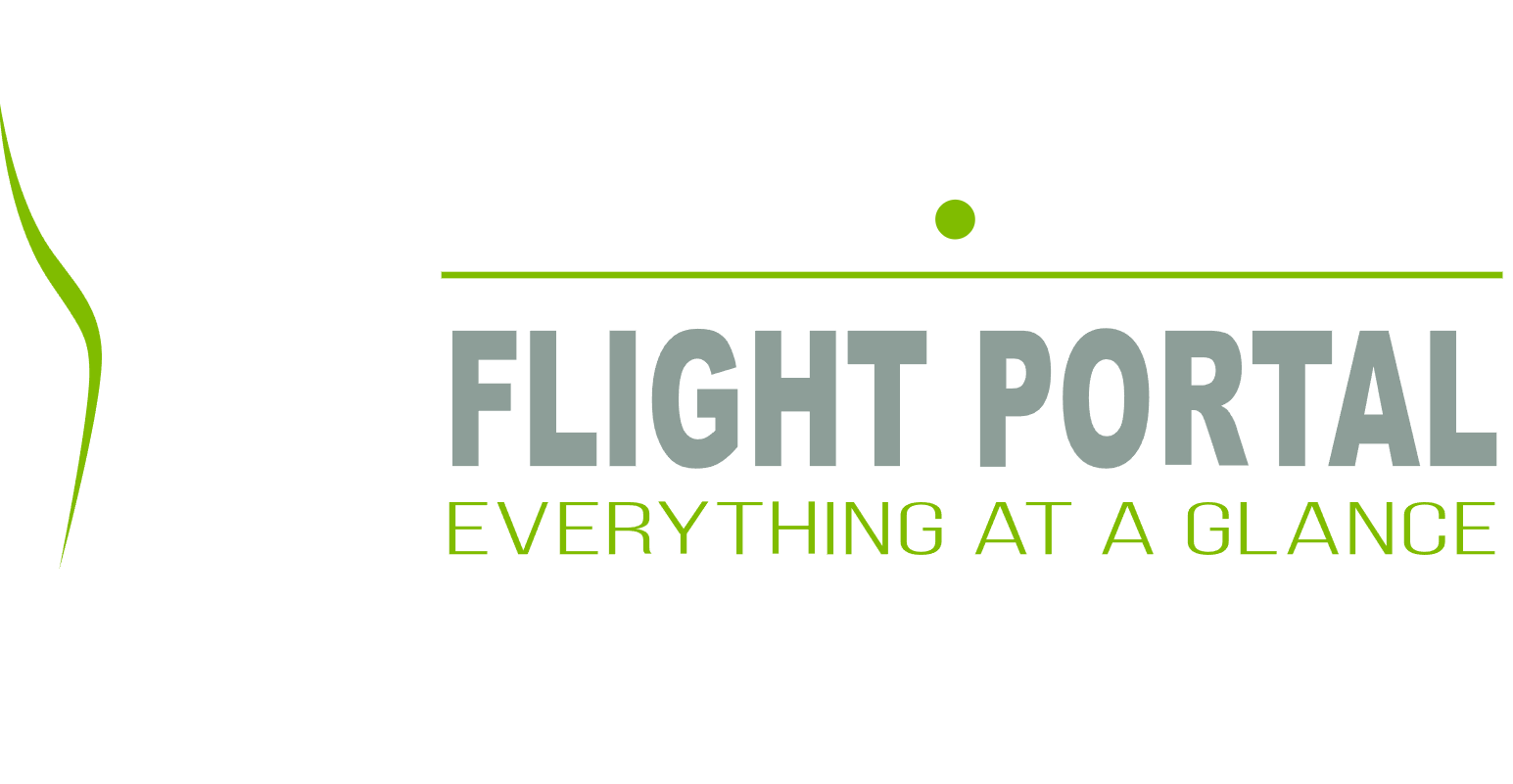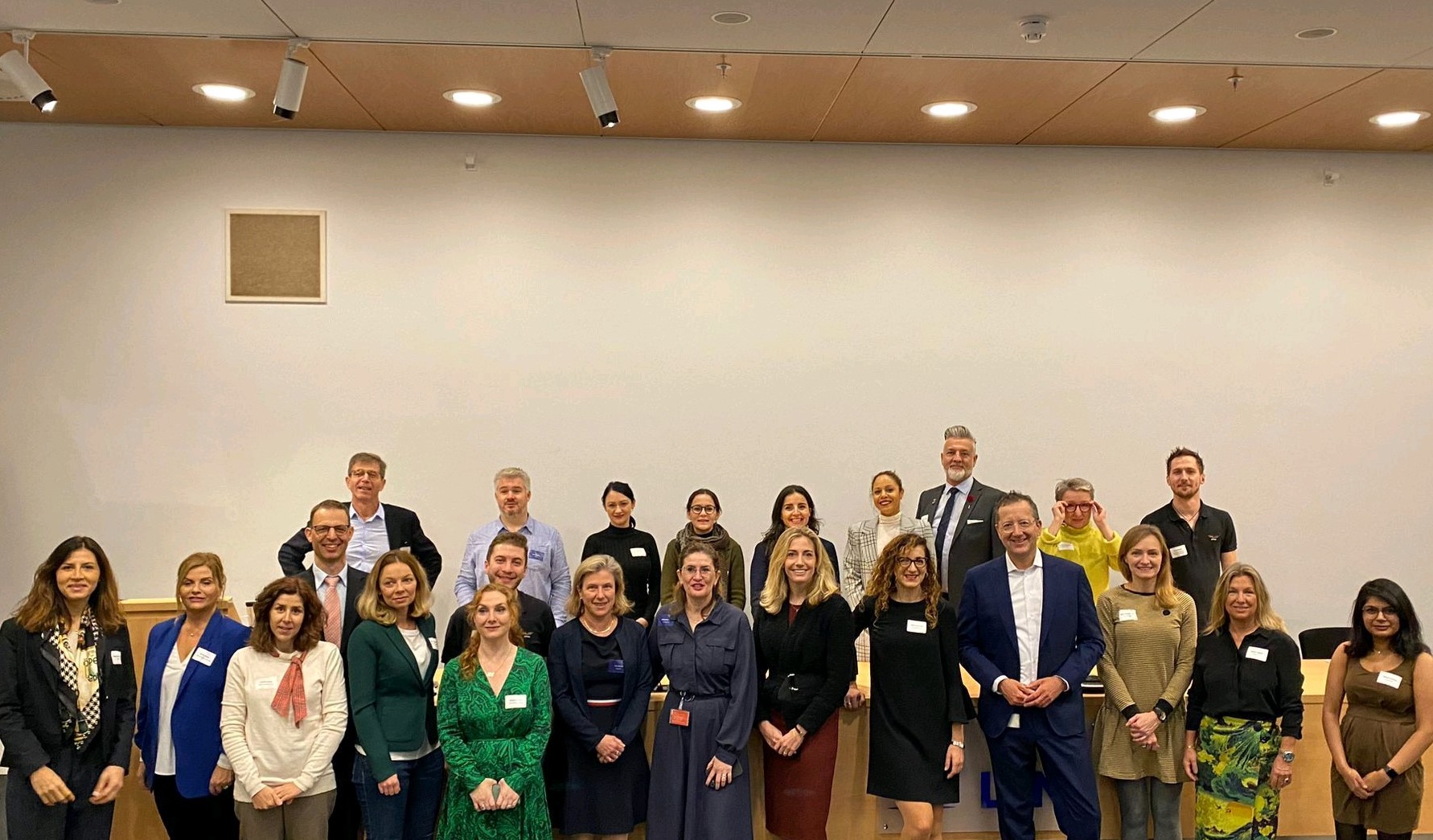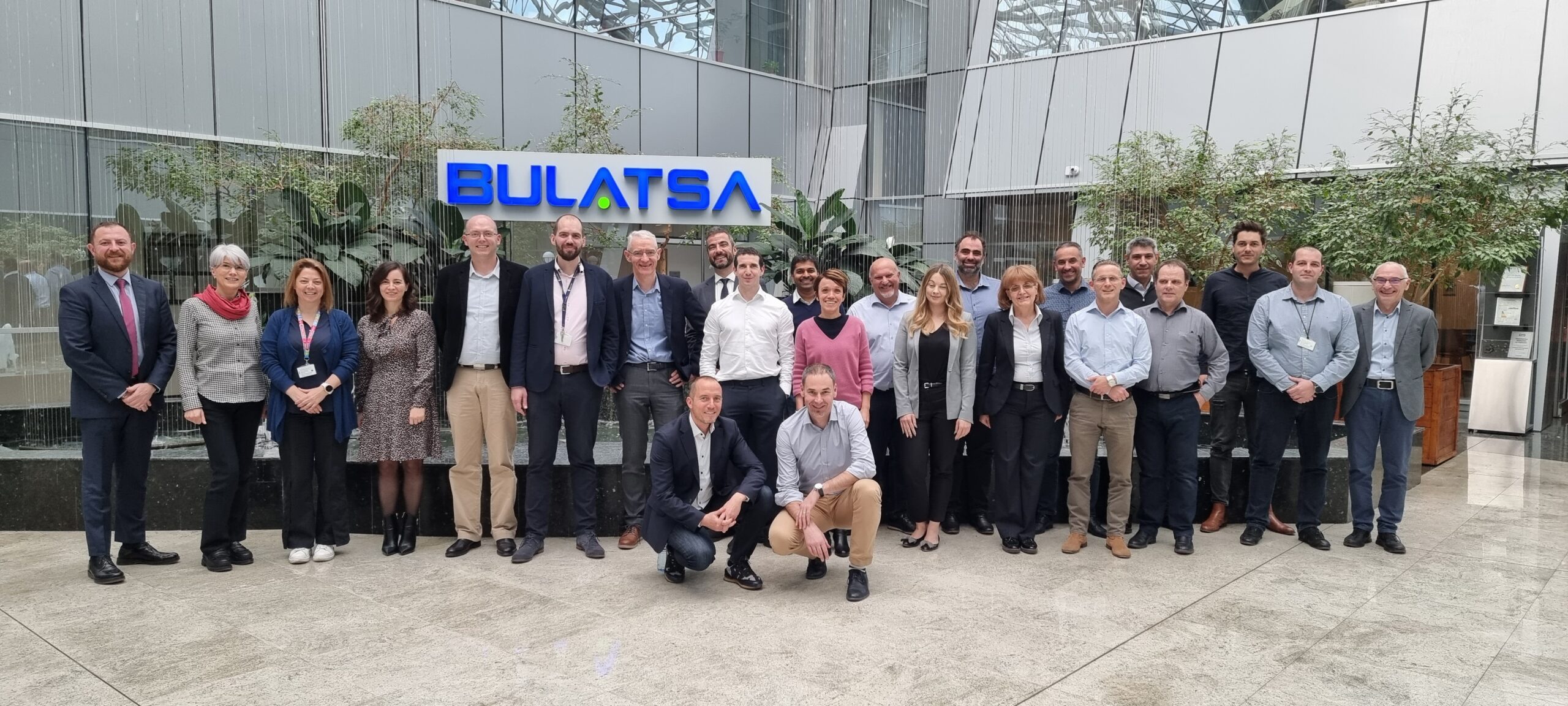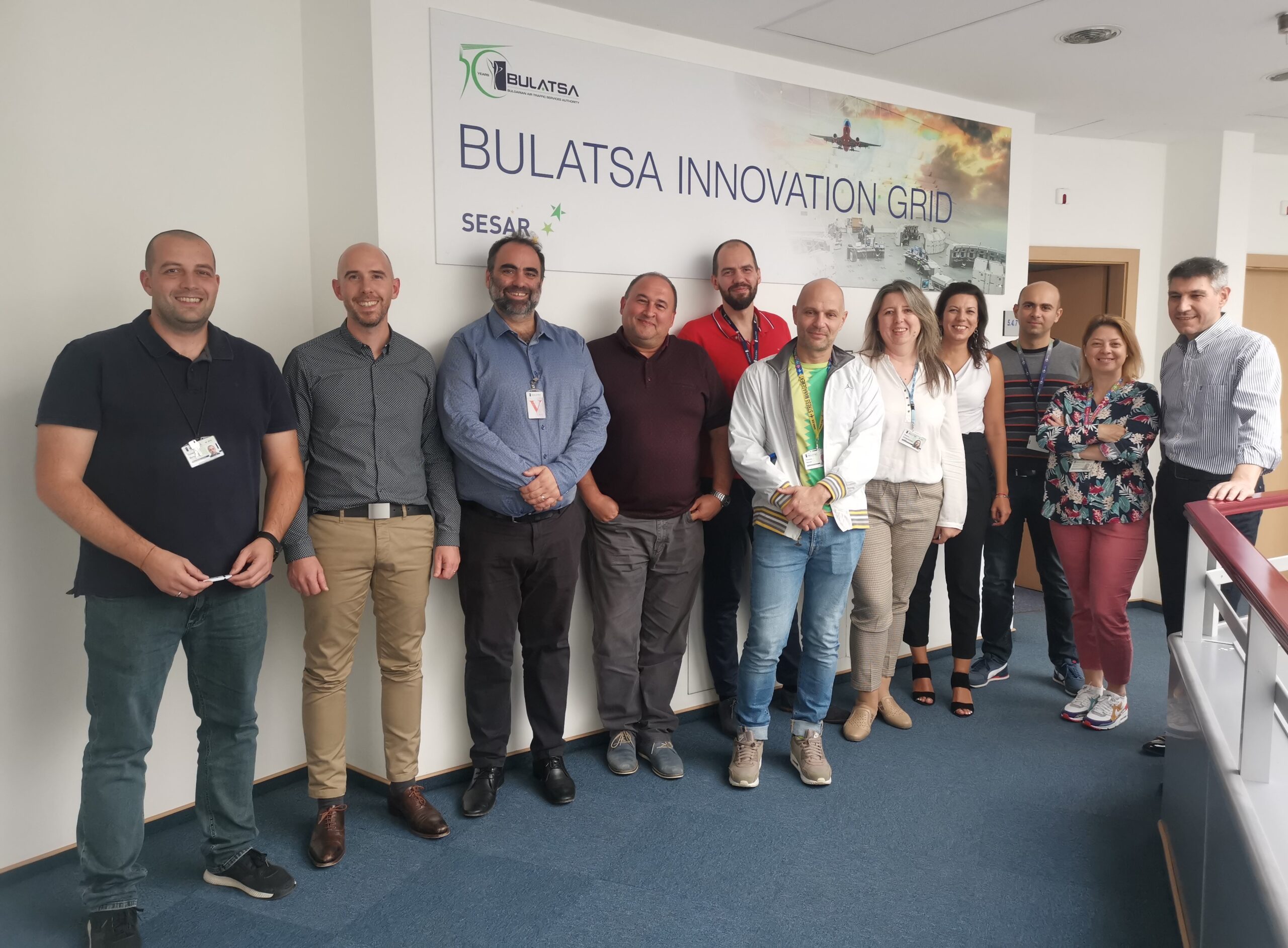The 19th meeting of the SCF was held on 25thJanuary 2023 in a face-to-face format, for the first time since the outbreak of the Covid-19 pandemic. The meeting allowed the social partners to receive a summary of the activities completed in 2022, as well as to gain knowledge about the planned activities within the DANUBE FAB for 2023.
The nineteenth meeting of the DANUBE FAB SCF updated participants on the DANUBE FAB strategic documents and on projects that have recently been completed and significantly progressed within the FAB. Most notable was the continued expansion of South East Europe Free Route Airspace (SEE FRA). In February 2022, the airspace of the Republic of Moldova has been integrated in SEE FRA, while in February 2023 SEE FRA will expand even further with the inclusion of FRACZECH (Czech Republic).
Regarding the InterFAB domain, DANUBE FAB continued to play an important role by strengthening the cooperation arrangements with other FABs and aviation stakeholders. As such, a research workshop on “Single European Sky and Resilience in ATM “ was organised by DANUBE FAB and FABEC on 15th-16th September 2022 in Sofia, also with the social partners’ participation. The conference was held in partnership with the German Aviation Research society (G.A.R.S.) and brought together academics and practitioners to provide a forum for mutual exchange and an opportunity to share ideas for resilient ATS.
Other activities explained during this forum included the recent EU developments, with specific updates and discussions regarding the accession of ROMATSA and BULATSA to the SESAR 3 Joint Undertaking, their joint participation in the Digital European Sky Industrial Research Call for proposals, the new SESAR Deployment Manager Partnership and possible ways to find common grounds for a future collaboration.
The next DANUBE FAB Social Consultation Forum shall be held in autumn 2023.
Note for editors:
DANUBE FAB is the functional airspace block formed between the Republic of Bulgaria and Romania, including the Bulgarian Air Traffic Services Authority (BULATSA) and the Romanian Air Traffic Services Administration (ROMATSA), as the air navigation service providers. DANUBE FAB is a key element of the Single European Sky (SES) legislative framework, which prescribes a range of measures to ensure sufficient capacity for servicing flights over Europe.


